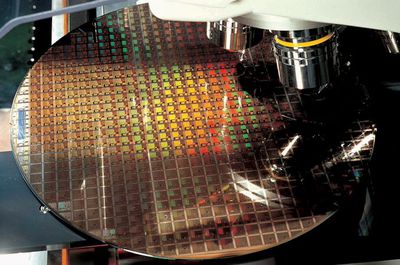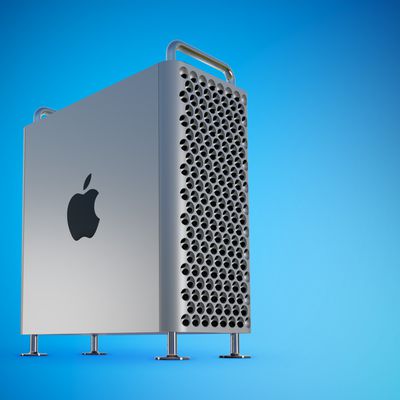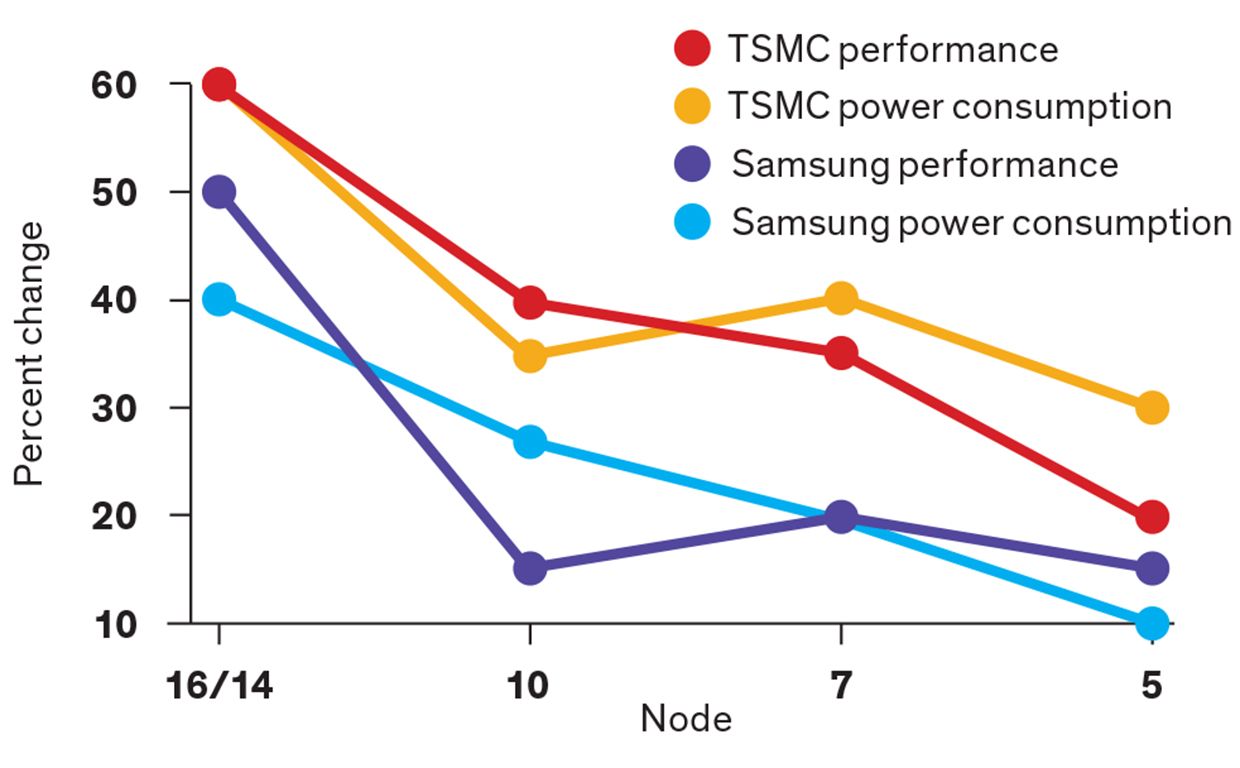TSMC Details Potential iPhone 12 A14 Performance and Upcoming 3nm Process
Apple chipmaker TSMC has set out the potential performance and power efficiency of the upcoming iPhone 12's A14 chip, according to a report by AnandTech.

The iPhone 12 is expected to contain an A14 chip, based on TSMC's smaller 5nm manufacturing process. The iPhone 11's A13 chip used a 7nm process by comparison.
Manufacturing chips using this smaller process offers a number of advantages, including a reduction in power consumption of up to 30 percent, and up to 15 percent increased performance. This indicates what kind of improvements may come to the A14 chip in the iPhone 12.
There is a tradeoff when selecting one or the other, but Apple tends to prioritize performance improvements over power consumption. When reducing the size of the manufacturing process for a new generation of chips, power consumption and performance improvements are slightly lower.
Last year, TSMC announced a $25 billion investment in the new 5nm node technology in a bid to remain the exclusive supplier of Apple's processors. TSMC has reportedly been in mass production of chips using the 5nm process for several months now, and the process is also expected to be used for Apple Silicon chips coming to the Mac before the end of this year.
In addition to the 5nm process for 2020, TSMC outlined its plans for a 3nm process coming in late 2022. This would likely be used for a potential A16 chip and other future Apple Silicon if the company follows previous years, but it is understandably difficult to speculate on Apple's manufacturing plans so far ahead. The 3nm process yields similar 30 percent and 15 percent power consumption and performance improvements over the 5nm process.
It is worth noting that regardless of the performance of TSMC's chips, Apple usually optimizes its software for further performance improvements. It is also possible that Apple could significantly prioritize power consumption over performance for improved battery life. These decisions belong to Apple regardless of TSMC's manufacturing process, making the exact behavior of the A14 chip somewhat uncertain until official announcement.
Popular Stories
Apple's restrained artificial intelligence strategy may pay off in 2026 amid the arrival of a revamped Siri and concerns around the AI market "bubble" bursting, The Information argues.
The speculative report notes that Apple has taken a restrained approach with AI innovations compared with peers such as OpenAI, Google, and Meta, which are investing hundreds of billions of dollars in data...
The Apple Fitness+ Instagram account today teased that the service has "big plans" for 2026. In a video, several Apple Fitness+ trainers are shown holding up newspapers with headlines related to Apple Fitness+.
What's Apple Fitness+ Planning for the New Year?
Something Big is Coming to Apple Fitness+
The Countdown Begins. Apple Fitness+ 2026 is Almost Here
2026 Plans Still Under ...
Apple is rumored to be introducing a foldable iPhone in September 2026, and since it will bring the biggest form factor change since the iPhone was introduced in 2007, curiosity about the design is high. A 3D designer created an iPhone Fold design based on rumors, and we printed it out to see how it compares to Apple's current iPhones.
Subscribe to the MacRumors YouTube channel for more ...
Apple hasn't updated the Apple TV 4K since 2022, and 2025 was supposed to be the year that we got a refresh. There were rumors suggesting Apple would release the new Apple TV before the end of 2025, but it looks like that's not going to happen now.
Subscribe to the MacRumors YouTube channel for more videos.
Bloomberg's Mark Gurman said several times across 2024 and 2025 that Apple would...
iPhone 17 Pro and Pro Max owners are having trouble with the speakers of their devices, and have complained about a static or hissing noise that occurs when the iPhone is charging.
There are multiple discussions about the issue on Reddit, the MacRumors forums, and Apple's Support Community, where affected users say there is a noticeable static noise "like an old radio." Some people report...
While the iPhone 18 Pro and iPhone 18 Pro Max are not expected to launch for another nine months, there are already plenty of rumors about the devices.
Below, we have recapped 12 features rumored for the iPhone 18 Pro models.
The same overall design is expected, with 6.3-inch and 6.9-inch display sizes, and a "plateau" housing three rear cameras
Under-screen Face ID
Front camera in...
Apple is not expected to release a standard iPhone 18 model this year, according to a growing number of reports that suggest the company is planning a significant change to its long-standing annual iPhone launch cycle.
Despite the immense success of the iPhone 17 in 2025, the iPhone 18 is not expected to arrive until the spring of 2027, leaving the iPhone 17 in the lineup as the latest...
Apple hasn't updated the Mac Pro since 2023, and according to recent rumors, there's no update coming in the near future. In fact, Apple might be finished with the Mac Pro.
Bloomberg recently said that the Mac Pro is "on the back burner" and has been "largely written off" by Apple. Apple apparently views the more compact Mac Studio as the ideal high-end pro-level desktop, and it has almost...
![]()
























